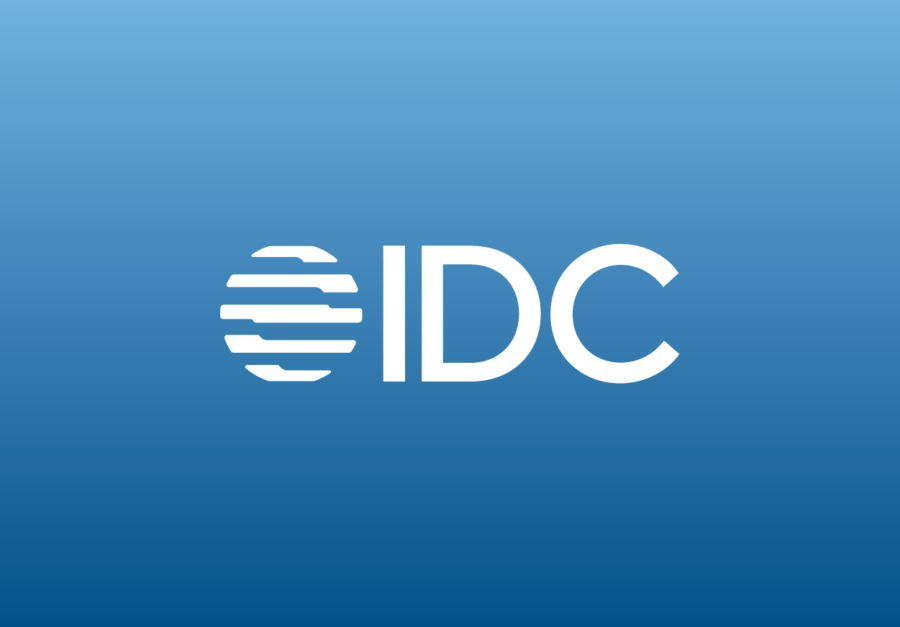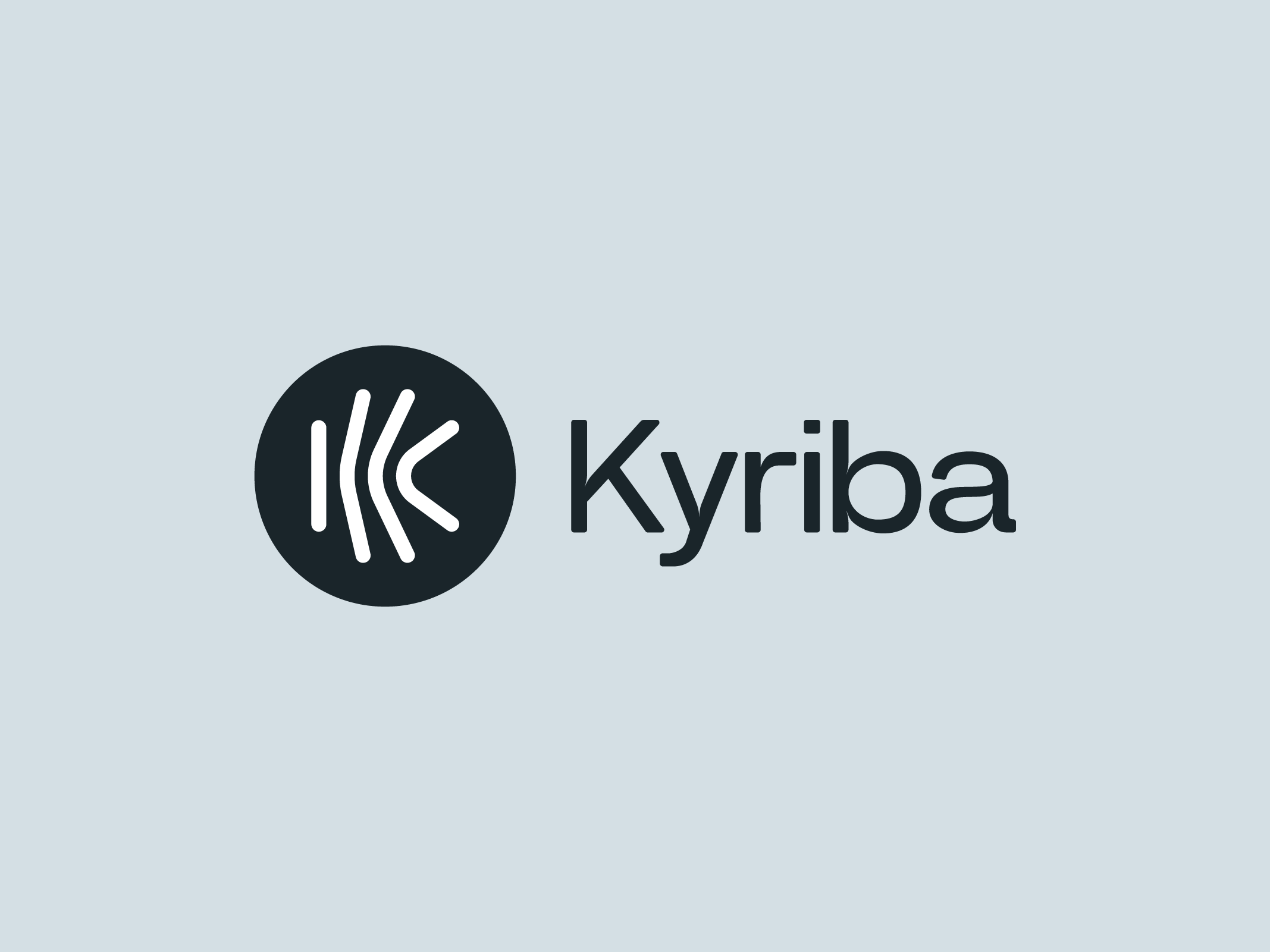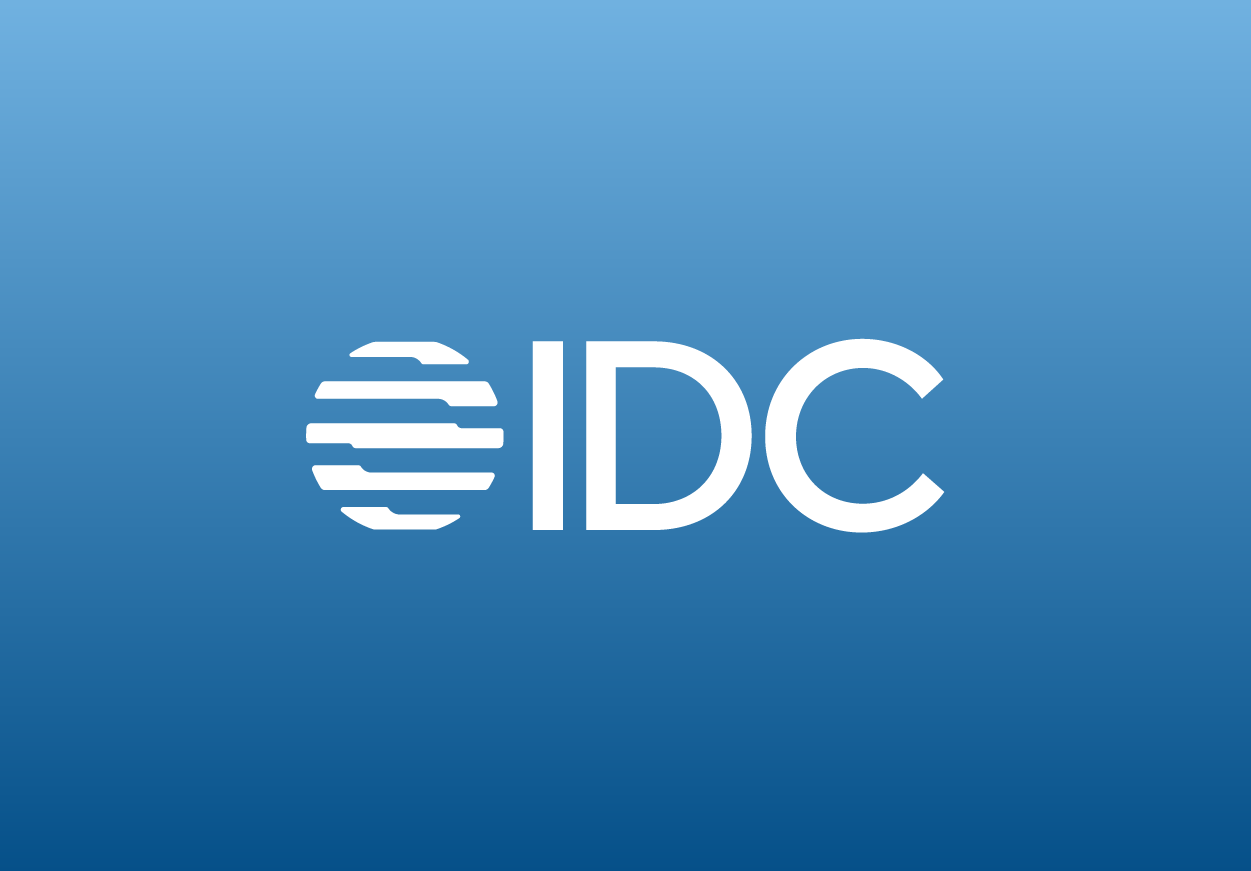Blog
Cash Mobilization to Unlock Business Value: A Solution for Liquidity Management

The Rising Importance of Liquidity Management in Today’s Economy
In today’s fluctuating economic and geopolitical landscape, the need for a comprehensive liquidity management system has never been more pronounced. As global markets become intertwined and corporations expand beyond borders, the essence of managing and mobilizing cash effectively becomes paramount. Companies worldwide are hungry for cash: cash for investments, for innovation, and to spur growth.
Though businesses often boast considerable cash reserves, they grapple with the challenge of leveraging these assets for optimal value. Many lack a structured liquidity management system to forecast cash flows and effectively position their funds. As a result, an astounding $1.5 trillion remains trapped in company balance sheets globally. These reserves, predominantly dormant, fail to earn significant interest and remain unavailable for strategic ventures, as reported by the Wall Street Journal.
Challenges Faced by CFOs Without an Effective Liquidity Management System
CFOs and treasurers face the daunting task of cash mobilization, ensuring that businesses harness these cash balances to grasp emerging market opportunities. Without an efficient liquidity management software, they might encounter problems related to:
- Decentralized financial control: In the absence of centralized management, controlling and tracking cross-border finances can be challenging.
- Currency fluctuation risks: Cash held in different countries can suffer from abrupt currency value changes, leading to potential losses.
- Operational inefficiencies: A lack of streamlined processes can lead to slow decision-making and missed investment opportunities.
Harnessing the Power of an Enterprise Liquidity Management Platform
A cloud-based enterprise liquidity management platform is vital in addressing these challenges. There are three critical steps to effectively enable enterprise mobilization of cash:
- Cash visibility is the starting point. Many organizations have daily visibility into 80% of their cash, meaning that large amounts of cash are not frequently tracked. This is a missed opportunity that can be easily solved through automated bank connectivity within a treasury management system. Lack of visibility is also a significant risk, as cash held in other countries is subject to currency volatility – and may not be worth as much as you thought if left unhedged.
- Cash flow forecasting is the second step in cash mobility. CFOs and treasurers require insight into today’s cash balances but just as importantly need certainty into the coming weeks and months. Poor forecasting drives two unfortunate outcomes:
- Idle cash – because the treasury team cannot be certain as to what cash will be needed, they tend to leave larger than necessary compensating balances in accounts.
- Inefficient deployment – a bad forecast may mislead treasury into unnecessarily moving cash to fund shortfalls that ended up being surpluses or, worse, thinking they have excess balances (when they don’t).
A good forecast will not only identify excess cash and funding requirements, but will also confirm the timing of cash flows so the optimal cash flow forecasting and liquidity decisions can be made. This supports good decision making and reduces both liquidity and currency risk.
- Cash pooling and in-house banking are the final key steps to optimize cash mobility. Cash pooling and in-house banking are popular cash management structures to enable the movement of cash within country and across borders. Many organizations implement a combination of notional and physical pools to align with tax initiatives and regulatory compliance. The importance of setting up the right cash structures is to maximize the ease of moving liquidity while minimizing the costs and complexity of executing those movements.
Here are five ways CFOs can fuel strategic value when the treasury team is tasked with optimizing cash management and money mobilization:
- Fund new growth in emerging markets: Treasury may also work alongside FP&A to identify opportunities to invest in the business, including deploying cash into emerging markets or other growth opportunities. Treasury becomes a business partner to the rest of the organization as they strategize on the tactics and strategy of growing the business.
- Improve shareholder value: CFOs may also opt to return cash to shareholders, in the form of stock buybacks and dividends. Treasury must work in concert with the CFO and management to ensure that such promises are efficiently funded. Ideally, the treasurer can proactively offer analysis to make these shareholder value decisions easier.
- Enable strategic investments: Paying down debt, reducing interest expense and freeing up borrowing capacity mobilizes cash to support strategic investments.
- Gain interest income: Investing in longer term, potentially higher risk/reward options, yielding greater interest income. This has always been common in insurance organizations, but is starting to become the norm for any corporation with significant excess cash.
- Net positive returns on payments programs: CFOs may ask treasury to collaborate with procurement to identify supplier payments opportunities – such as implementing a dynamic discounting program – that can yield an effective return of 8-12% APR.
The Future of Cash Mobilization and Liquidity Management
Companies that want to expand in the global market find that cash mobility is the lifeline to support organizational growth and value generation, putting them a step ahead of competitors. To be truly agile, companies need to pull multiple levers to optimize cash flow forecasting and liquidity to accelerate the cash conversion cycle and unlock value. Fortunately, having an enterprise application mobilization solution (i.e., a TMS) for bank connectivity, cash forecasting, cash pooling and FX exposure management offers a single platform to enable effective cash management and cash mobility.
As businesses navigate the intricate waters of the global economy, an advanced liquidity management platform becomes not just beneficial, but essential. Those that adopt and integrate these solutions will find themselves better equipped to face the challenges and opportunities of tomorrow.












